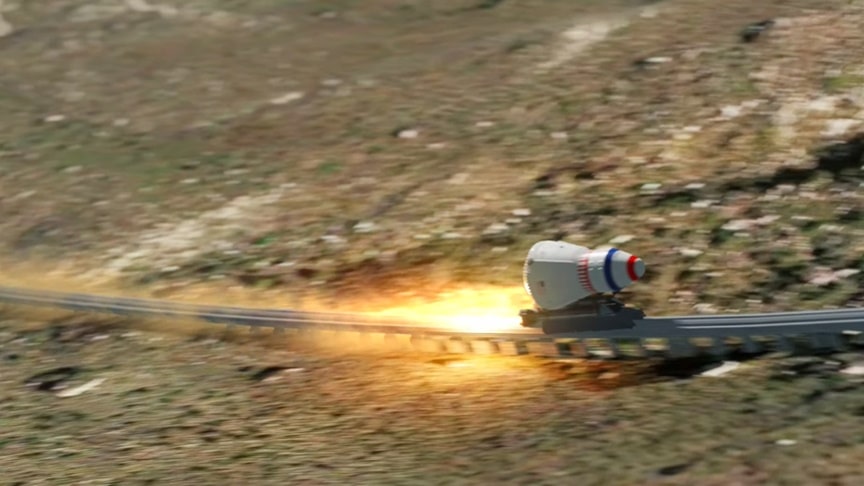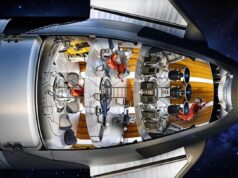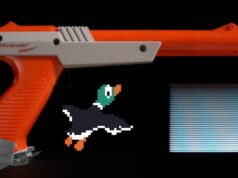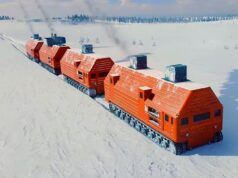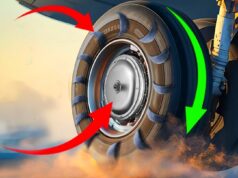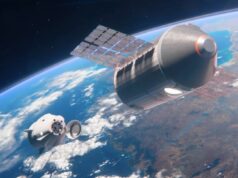Philip Bono’s impressive single-stage-to-orbit design from the 1960s, the “Hyperion,” captivated the aerospace industry with its innovative features. This remarkable vehicle, equipped with a plug-nozzle engine for ascent and re-entry heat shield, was capable of transporting 18,100 kg of payload or up to 110 passengers to orbit in just 45 minutes, or to any point on earth.
source/image: Hazegrayart
One unique aspect of the Hyperion was its launch method – a horizontal takeoff and vertical landing (HTVL) sled that provided a 300 m/s boost to the vehicle before it ascended to orbit. The sled was 3 km long with a straight course followed by a 1 km ascent up a mountainside, providing a 3 G acceleration.
This sled launch mode not only reduced the SSTO’s dry mass, but it also made the Hyperion fully reusable, ideal for flights from inland sites, where fuel tanks wouldn’t have to be dropped during flight. The Hyperion traveled at an astonishing 1100 km/h as it left the sled at the end of the 3 km launch rail.
Advertisement
However, the Hyperion’s launch system required a 1.7 km high mountain, which made Douglas, the manufacturer, view the concept mainly as an experimental vehicle. Despite this, Douglas projected the cost to develop the Hyperion at $1.5 billion ($8 billion in 1999 economic conditions), with a cost per seat of $3000, or $15000-16000 in 1999.

